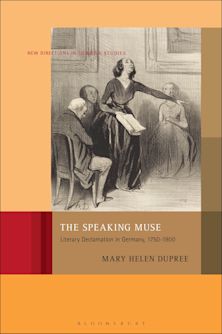- Home
- ACADEMIC
- Film & Media
- Print Media
- Uncovering the History of Children's Drawing and Art
Uncovering the History of Children's Drawing and Art
This product is usually dispatched within 2-4 weeks
- Delivery and returns info
-
Flat rate of $10.00 for shipping anywhere in Australia
You must sign in to add this item to your wishlist. Please sign in or create an account
Description
Reactions to children's artwork have varied throughout different times and places. Donna Darling Kelly is calling for a more joyful appreciation of our youngest artists. She presents the dichotomy of the Mirror and Window paradigms. First, she explains the Mirror paradigm, which art educators, psychologists, and art historians use; it is a psychological focus on children's art. It can be defined as the ability of the child to represent images of something other than the object itself. Psychologists who believe in this theory are interested in the self-reflective qualities of children's drawing as they relate to language, intelligence, and cognitive development. The opposing Window paradigm is an aesthetic perspective followed by people working in the arts. The subscribers to this theory see children's art as an objective reproduction of reality that carries all of the meaning with the image. The act of representation is the ultimate goal in this model, not the truth behind the goal. Darling Kelly would like to see the interested parties in the field of children's art placing less emphasis on the prevailing Mirror paradigm and embrace the Window paradigm.
Art educators often feel sidelined because subjects such as science and mathematics are requisites, while art remains at best, an elective. Art is often classified as a sub-discipline concerned primarily with therapeutic areas. An unwanted effect of the Mirror paradigm is the stereotypical, psychological model of the artist as a hopelessly neurotic or troubled soul. This volume is a call to arms for the aesthetic Window paradigm, so that art as an autonomous discipline can gain stature in the curriculum of all children's schools.
Table of Contents
Jean Jacques Rousseau
Johann Heinrich Pestalozzi
Friedrich Wilhelm August Froebel
John Ruskin
Herbert Spencer
International Conference of Education
James Sully
Franz Cicek
Second Generation Practioners Mirror Paradigm
Second Generation Practioners Window Paradigm
Bibliography
Product details
| Published | 30 Jan 2004 |
|---|---|
| Format | Hardback |
| Edition | 1st |
| Extent | 144 |
| ISBN | 9781567506747 |
| Imprint | Praeger |
| Dimensions | 235 x 156 mm |
| Series | Publications in Creativity Research |
| Publisher | Bloomsbury Publishing |


































